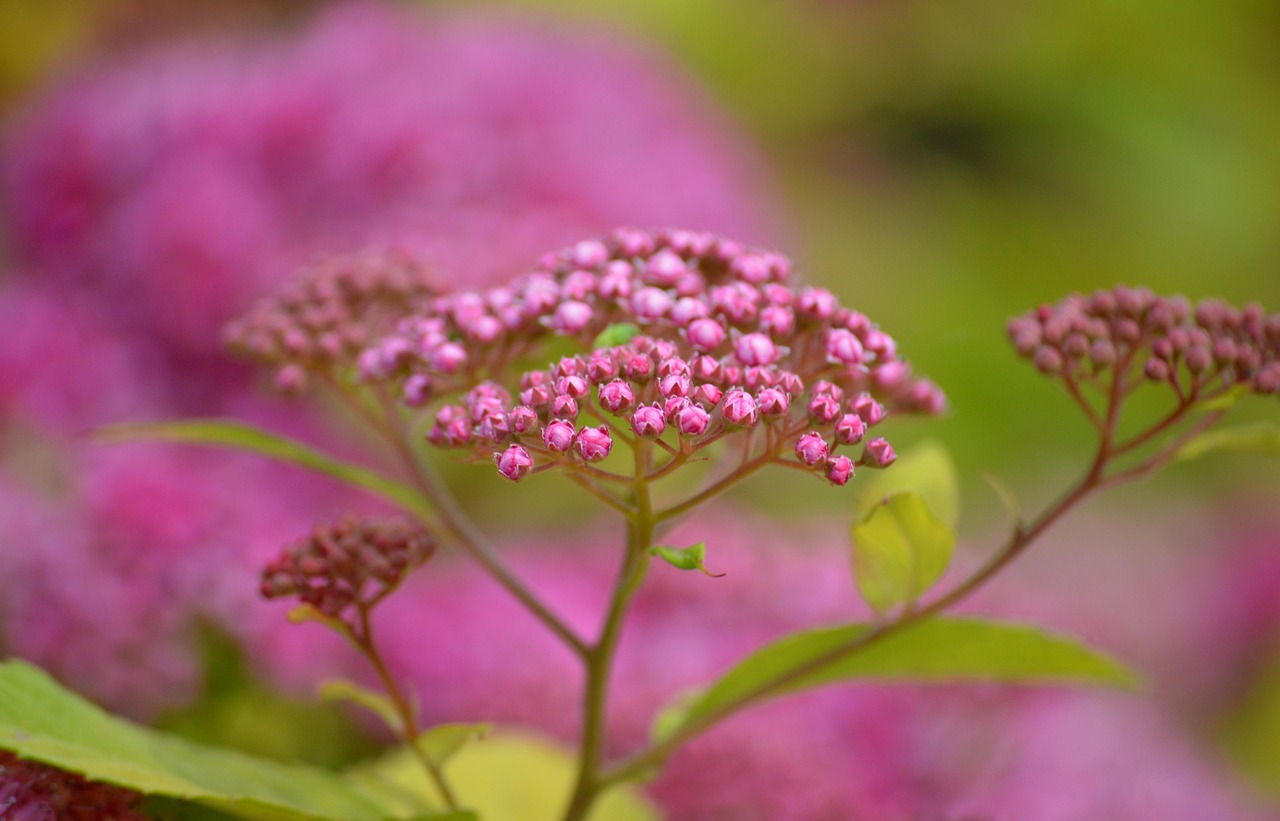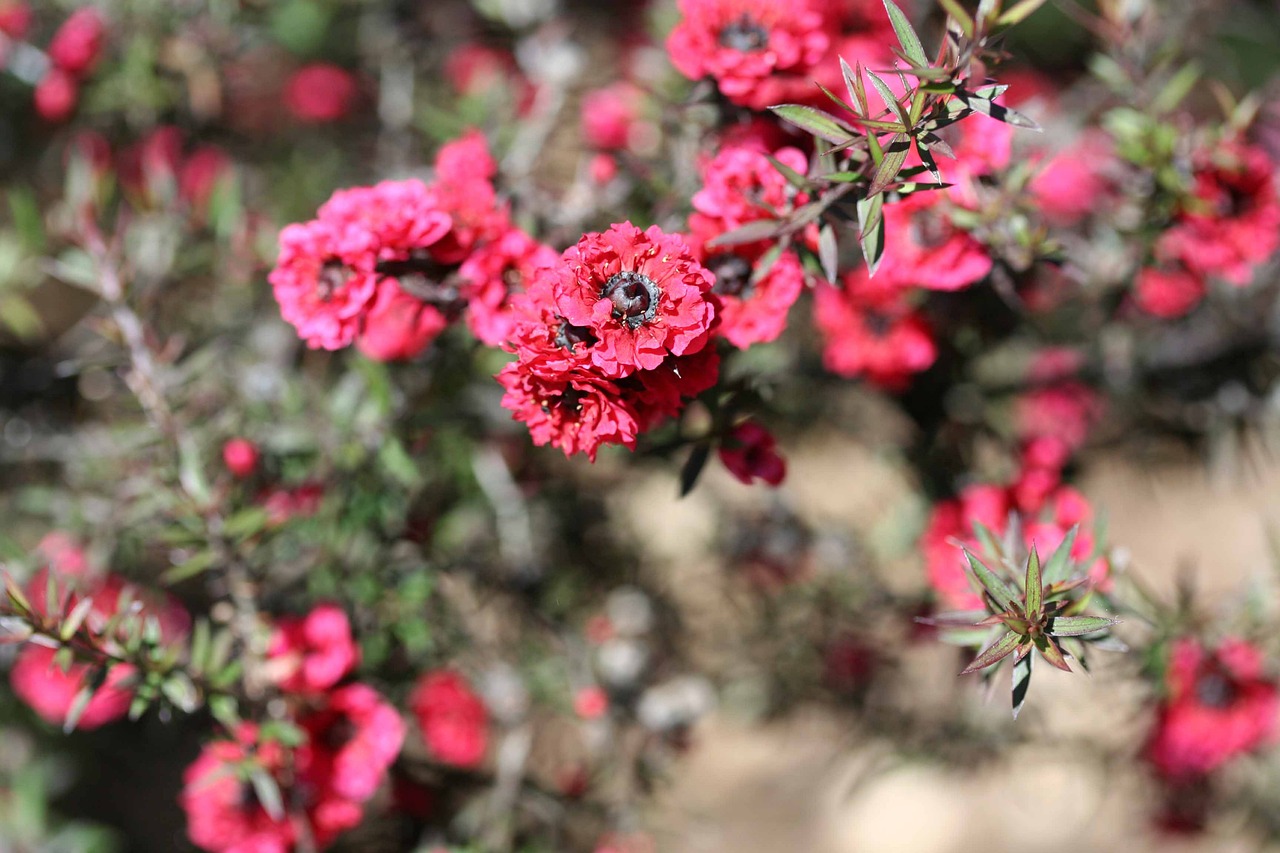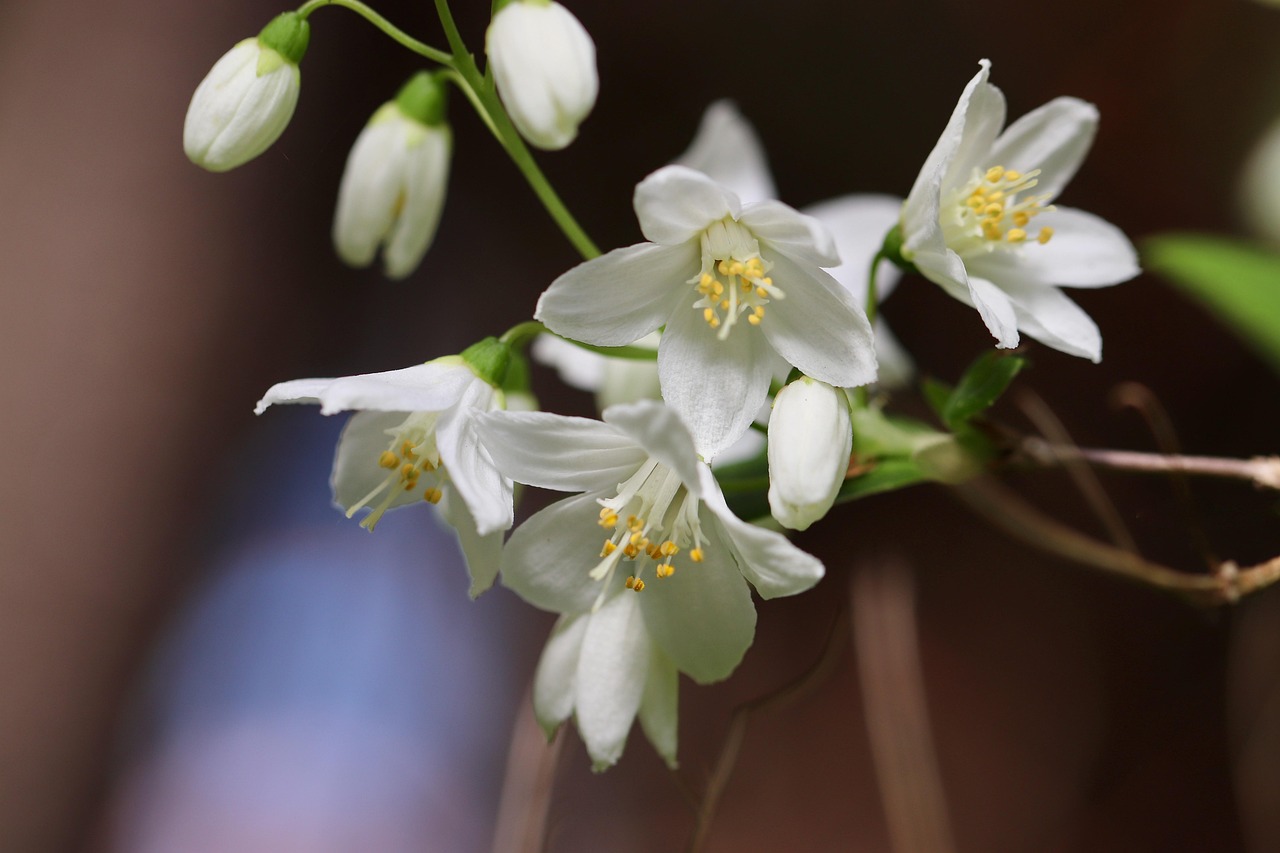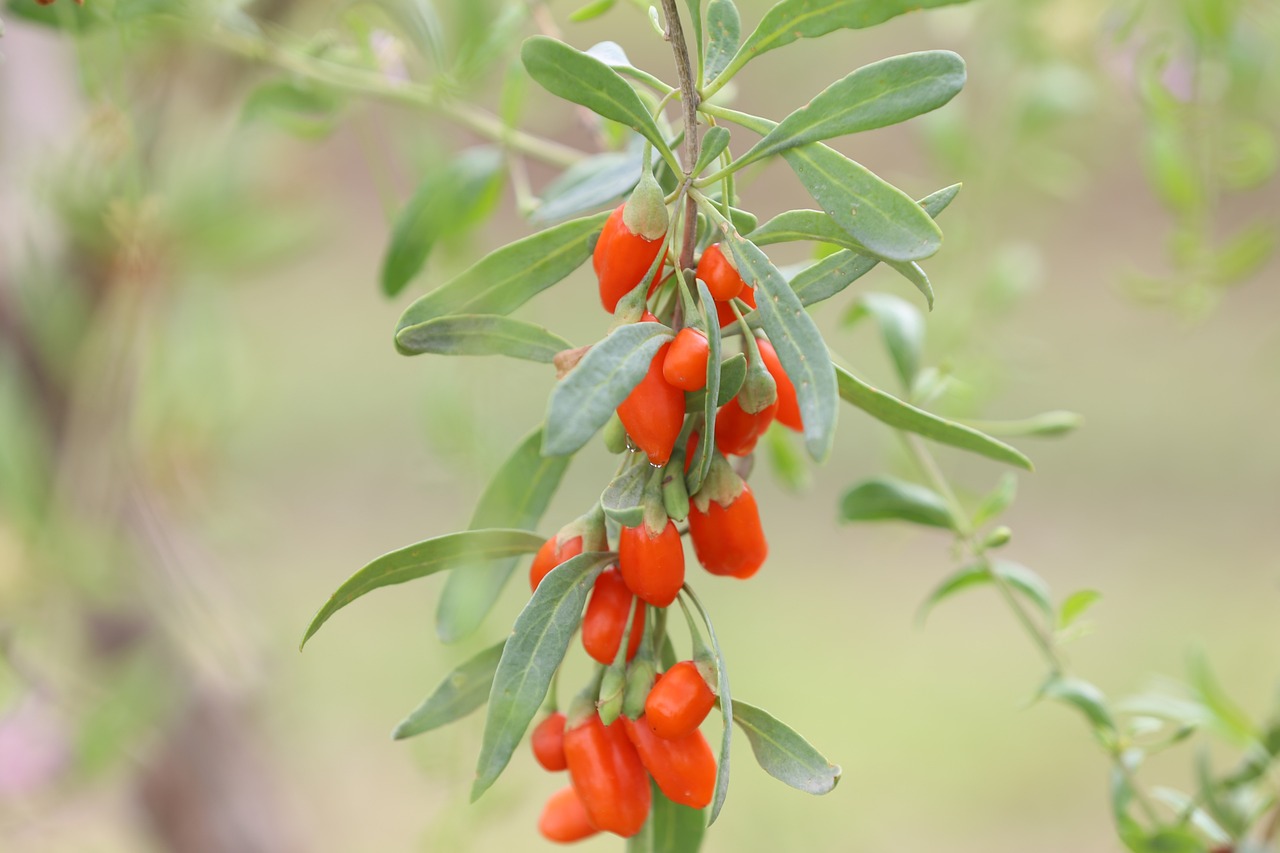Murasaki Shikibu | Purple Berries that Convey the Elegance of the Heian Era

Murasaki Shikibu (Callicarpa japonica), also known as Japanese beautyberry, is a deciduous shrub that bears clusters of vivid purple berries in autumn.
I appreciate this plant not only for its striking appearance but also for its deep cultural significance. It is cherished as a garden tree in Japan and regarded as one of the plants that beautifully mark the changing seasons.
In this article, I will provide detailed information about Murasaki Shikibu—its basic characteristics, cultural and historical background, and essential tips for cultivation.
Basic Information
- Scientific name: Callicarpa japonica
- Family: Lamiaceae
- Origin: Japan, China, Korean Peninsula
- Appearance: A deciduous shrub growing 1–2 meters tall. It produces light purple flowers in early summer, followed by glossy purple berries in autumn. The fruits grow in clusters and remain ornamental until winter.
- Blooming/Fruiting season: Flowers appear from June to July; fruits ripen from September to November.
Cultural Significance Around the World
Murasaki Shikibu is closely tied to Japanese culture. Its name is derived from the author of The Tale of Genji, Murasaki Shikibu, whose elegance is reflected in the plant’s striking purple berries.
In Japanese gardens, it is often planted to enhance the autumn atmosphere, symbolizing the refined aesthetics of traditional landscapes. Beyond Japan, it is also cultivated in China and Korea, where the purple fruit represents nobility and virtue.
In recent years, the plant has become popular in Europe and North America under the name “beautyberry,” valued for its ornamental charm.
Historical Background
The name Murasaki Shikibu became widely known after the Edo period. Before that, the plant was called by different regional names. With the rise of horticultural culture, its elegant berries frequently appeared in poetry such as waka and haiku.
As the tea ceremony flourished, it became a standard planting in tea gardens, establishing its role in Japanese garden culture. During the Edo era, selective breeding also produced variations in fruit color and shape, further enhancing its popularity.
Gardening Advice
Murasaki Shikibu is hardy and easy to grow, but proper care will bring out its best appearance. Here are some key points:
Sunlight
Thrives in full sun to partial shade. Bright locations encourage better fruiting.
Watering
Ground-planted shrubs usually need only rainfall, but potted plants require regular watering when the soil surface dries. Protect from drought, especially in summer.
Soil
Prefers well-drained soil enriched with compost or leaf mold.
Fertilizer
Apply slow-release fertilizer in spring and autumn to support healthy growth and abundant fruiting.
Pruning
Prune in winter to remove old or crowded branches, improving airflow and preventing pests and diseases.
Conclusion
Murasaki Shikibu symbolizes the beauty of Japanese garden culture, with its purple berries creating a refined autumnal atmosphere.
Because it requires little maintenance and adapts well to partial shade, it is cherished both as a garden tree and as a potted plant. Its elegant name, rooted in history and literature, makes it a captivating presence to enjoy throughout the seasons.





